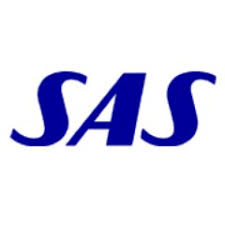
SAS(Statistical Analysis Software or System) is one of the BI(Business intelligence tool), It is an integrated system of software products provided by SAS Institute.SAS was used for data management, predictive analysis, data visualization(i.e reporting).SAS is platform independent we can run SAS on any operating system, with the help of the SAS we can perform various operations like Data management, Quality Improvement, Application Development, Data Extraction Data Transformation and Data Modification.SAS is used by industries worldwide that rely on it for data access, transformations, and reporting. Addressing data questions with reliable Base SAS code, while supporting new business requirements with one tool, enables more effective use of your existing hardware resources and staff skills.Base SAS software optimizes all hardware Resources and scales across different infrastructure environments. Numerous components are available for additional functionality, including direct access to standardized data sources and advanced statistical analysis.
we learn about SAS-Statistical Analysis Software or System, The programmer can perform: Data entry, data retrieval, data management, and mining report writing and graphics, statistical and mathematical analysis, business planning, forecasting, and decision support, quality improvement, applications development, data warehousing (extract, transform, load), platform independent. Read, format and analyze any data. From small data issues to large and complex data problems, programmers can quickly read, format and report on data in any format. Make programming fast and easy. Base SAS significantly reduces the amount of code required to deliver information, increasing your programmers’ productivity. Extend the ease of SAS to more users.
Union
Intersect
Except